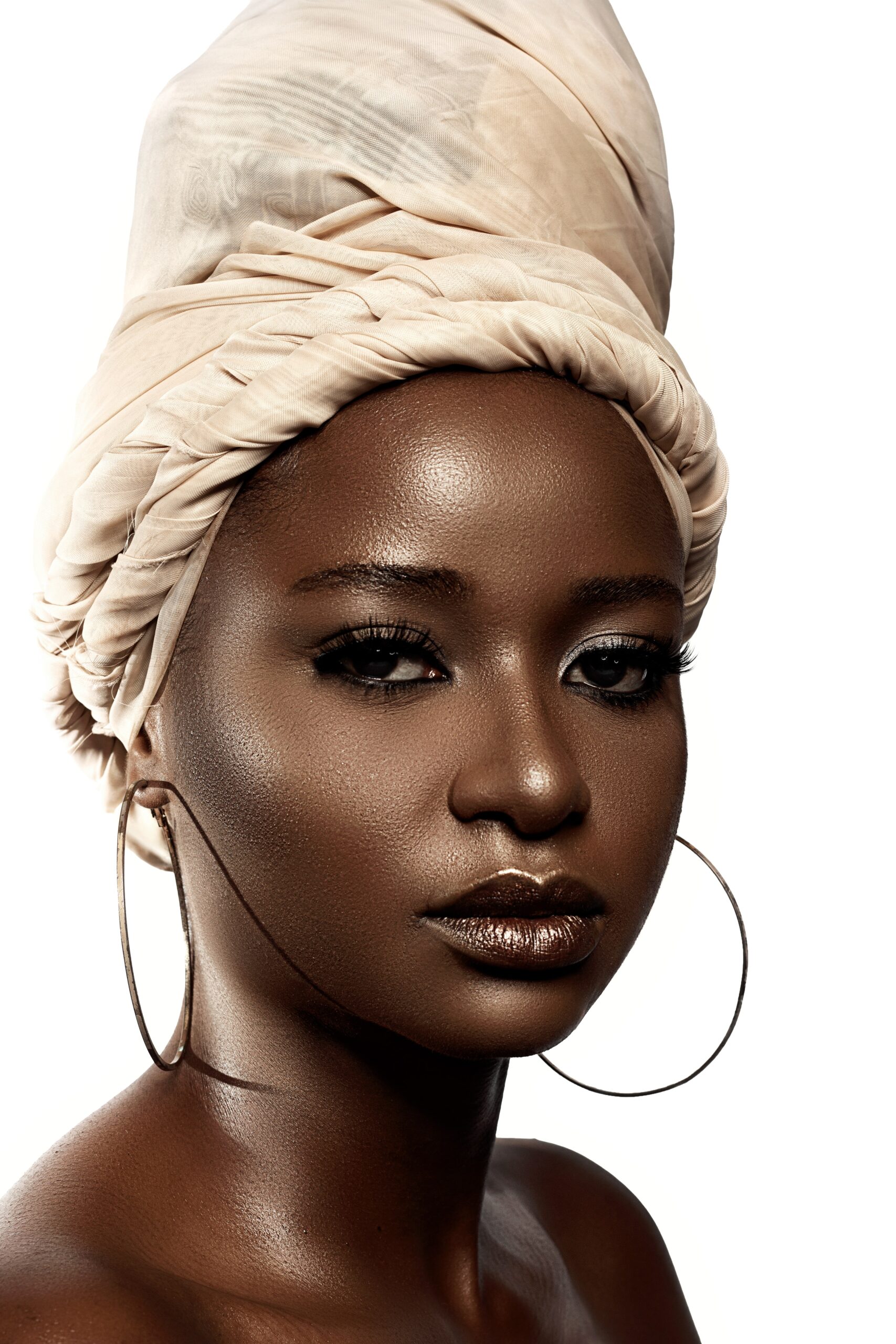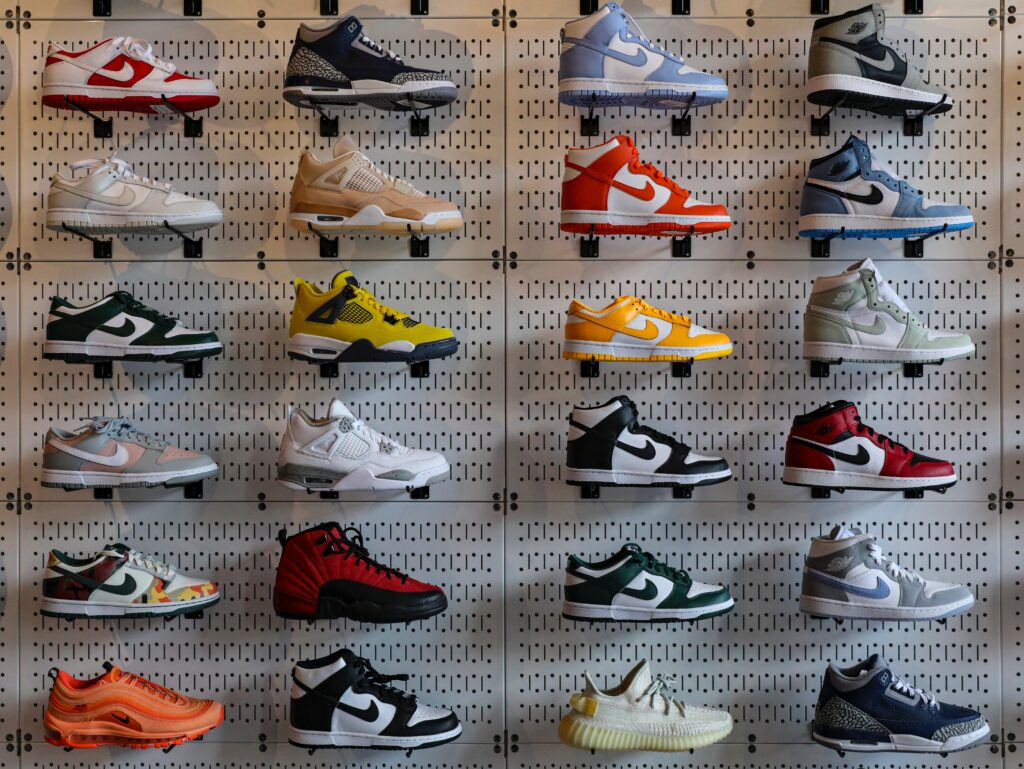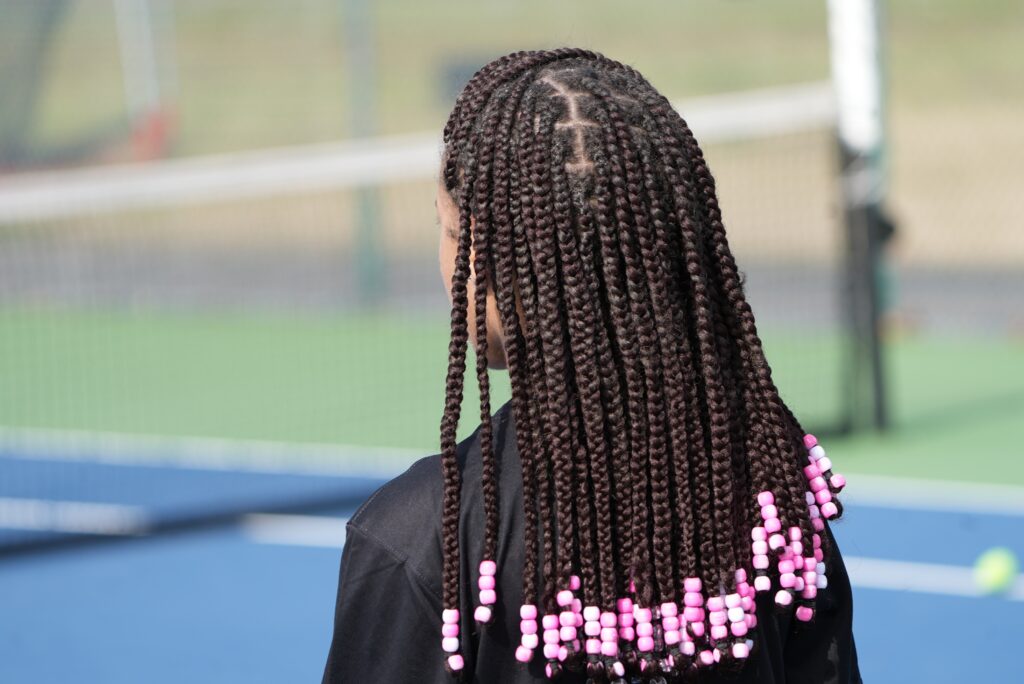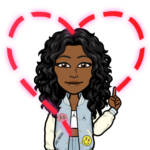By: Sydnee Walcott
Black culture is not only embedded in the performing arts scene, but in the fashion scene as well.
Historically, Black culture has inspired some of the most groundbreaking fashion trends that transcend to future generations. Unfortunately, Black people continuously face challenges when achieving recognition for their creativity in the fashion industry.
The dynamic between the fashion industry and Black culture has always been a challenging relationship. Over the years, popular fashion trends created by Black people have been appropriated and whitewashed by reputable fashion brands. Celebrities often fail to give Black people the recognition that they deserve as they continue to profit off of their designs.
A majority of popular clothing, jewelry, nail art, and hairstyle trends include cultural designs and aesthetics from the Black community. Outlined are some of the most popular fashion trends that originated from the culture:

- Hoop Earring
Hoop earrings are a staple accessory and a classic piece of jewelry that can help make or break the reputation of an outfit.
This popular piece of jewelry has been a powerful symbol for many Non-European cultures for centuries.
The creation of the hoop earring dates back to Sudan in Fourth Century Africa — known as Nubia at the time. The earring was constructed with bronze, silver, and gold materials.
In the 1960s, the hoop earring began to emerge as an everyday staple for women of colour during the Black Power Movement. The Black community began to embrace Afrocentric looks.
In the 1970s, hoop earrings received popularity as it became widely associated with the disco and soul scene.
As decades passed, the popularity of the hoop earring became trendy and remains a staple jewelry item to this day. Although outsiders of the Black community began to adopt hoops into their look, this piece of jewelry will always remain a symbol of culture and identity for the Black community.
- Crop Top with Baggy Jeans
The baggy pants trend has a political undertone that resists the status quo, with the style stemming from the loose fitted pants prisoners wore in jail cells.
The style would be elevated in the 90s with female celebrities like Aaliyah giving the baggy look a feminine yet edgy touch.
Besides rocking her signature hairstyle, the late singer was often seen wearing a tight-fitted shirt known as a crop top with a pair of baggy jeans.
Although Aaliyah is known for trending this style, she was not the only artist who brought this style to life during the 90s. The girl group TLC also brought this style to the forefront as members were often actively seen supporting the girly-tomboy style.
Although Aaliyah passed away over 20 years ago, she continues to leave a mark on the fashion industry with this popular fashion trend that everyone wants to follow.

- Sneaker Culture
During the 2000s, sneaker culture has become desired, but its history dates back to the 1960s with the help of Black basketball players who proved that sneakers do not solely have a purpose for the courts.
In the 1970s, shoe companies like Puma and Nike recognized how popular sneakers were becoming within the Black community, and wanted to contribute to its commercialization.
It was not until the 1980s when sneaker culture would take off as a popular trend with the release of the Air Jordan sneakers by the retired basketball champion himself, Michael Jordan.
By the start of the 2000s, sneaker culture had achieved popularity in almost every part of the world and saw no sign of reverting back to traditional sneaker trends.

- Protective Styles
Cornrows, laid edges, weaves, and wigs are protective styles that have been a part of Black culture for many centuries.
Not only do these styles help with achieving and maintaining healthy hair, but they also play a significant role in representing Black culture.
From the 1960s and 70s, there was a resurgence in these styles. Many Black people began to embrace their heritage during the Black Power Movement.
Unfortunately, while Black girls and women have faced criticism for being labelled as “ghetto” for wearing hairstyles that represent their culture, White and Non-Black women are described as “edgy” for wearing hairstyles affiliated with Black culture. White women are providing a positive connotation to these traditional hairstyles while Black women are subjected to discrimination for embracing their identity.
This is not to say that Non-Black people cannot wear these hairstyles, however, appropriating them and choosing to not give Black people well-deserved recognition for these styles is unfair and discriminatory.
- Nails
Nail aesthetics date back to Ancient Egypt with royals like Cleopatra and Queen Nefertiti engaging in painting their fingernails and toenails red — a colour that represents a symbol of courage.
Florence Griffith-Joyner, a three-time record breaking Olympic track and field athlete, is known to have brought this trend to the modern era during the 1988 Olympics.
Not only was her talent as an athlete recognized, but her long acrylic nails were viewed as unique and intriguing.
In the 1990s, Black women continued to popularize acrylic nails during the rise of Hip-Hop and R&B culture. The pierced nail look, which involved a piercing of the tip of a nail where a small ring can be added, became popular during this decade with the help of Janet Jackson marketing the look.
Today, long acrylic nails are still a common trend with celebrities like Rihanna, Nicki Minaj, and Cardi B continuing to support the long acrylic look.
Without Black culture, a lot of popular fashion trends would not have been recognized. So it is important to give Black people credit for their innovative and creative styles, as they helped transform the fashion industry to focus on uniqueness.
Sydnee Walcott is a Copy / Contributing Editor for Black Voice. She is also a writer who likes to capture the essence when writing articles on a variety of topics.

